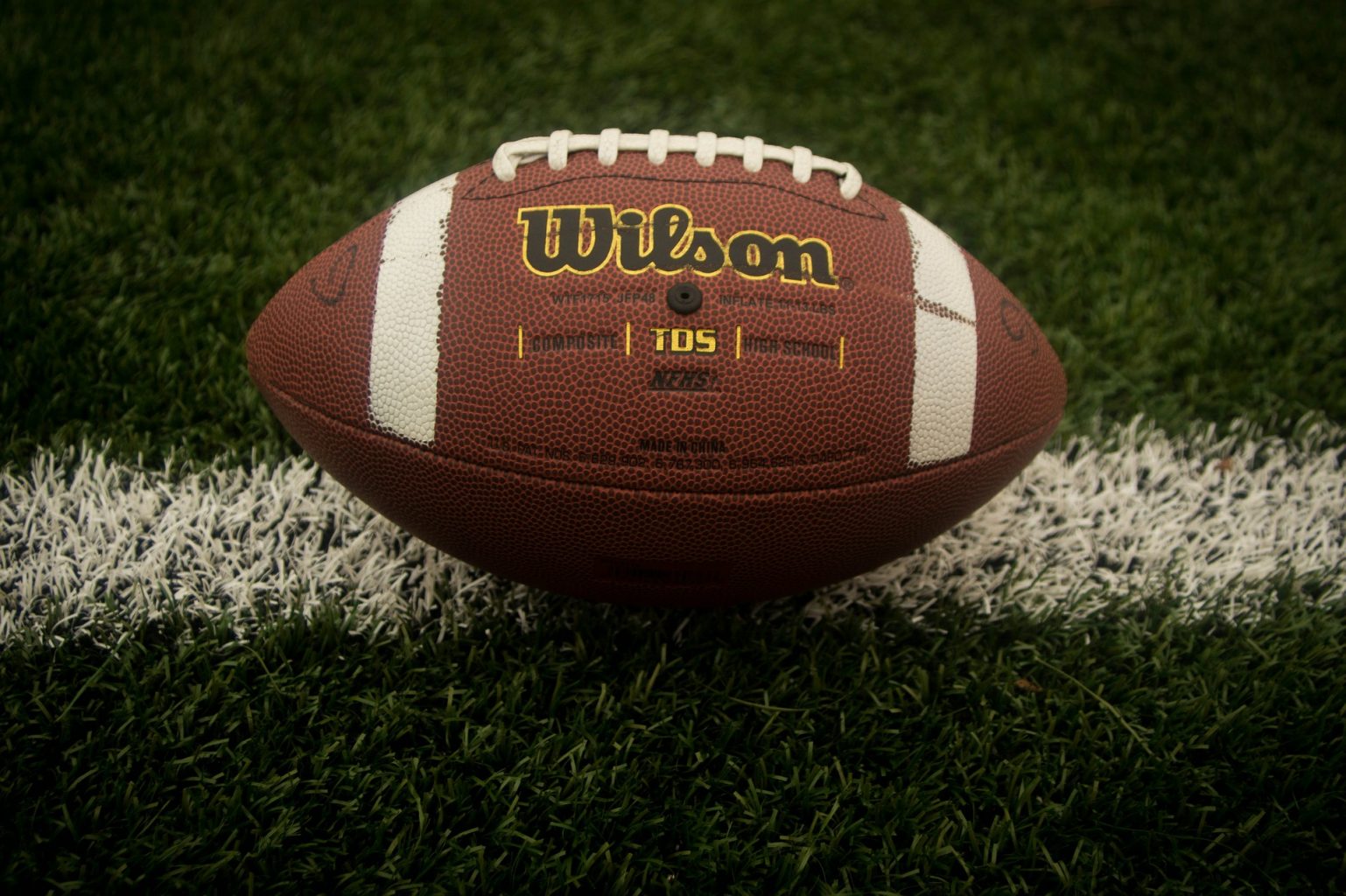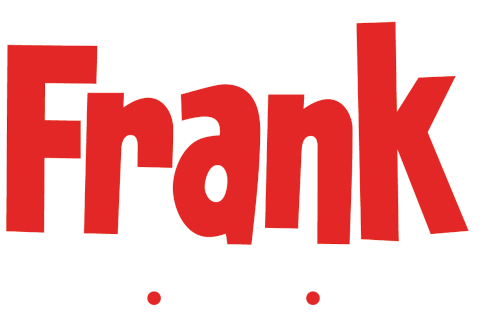Fantasy Football Intelligence: Draft Preparation Part 1

Fantasy Football Intelligence: Introduction
Fantasy Football Intelligence: The “A” Teams
Fantasy Football Intelligence: The “B” Teams
Fantasy Football Intelligence: The “C” Teams
It is very rare that a manager can win the league at the draft, but many poor managers have lost it there. Maybe you recognize some of these teams:
The Slow Pokes – They use every second before making a pick – especially painful at live drafts, but they can slow an online draft down too. The owner usually has a pile of papers and a magazine and pores over all of it before agonizingly making a choice. It is even worse when this is a two person team.
The Soloists – “What? Someone picked Aaron Rodgers already?” This team can take too long to pick as well, but it is usually because they haven’t done their homework and they are scouting at the draft. This leads to the manager not knowing who was drafted between their picks and they aren’t aware of what their competitors are doing. They are The Soloists because they are focused only on themselves and not the group, or on courtesy for that matter.
The Homers – This manager wears their heart on their sleeve and year after year drafts favorite players or players from local teams. Invariably they will help your key rivals by reaching for the wrong guys, leaving steals for the managers around them. This is the player who also screws up blackjack by hitting 17.
These managers are probably not going to win the league. Don’t be any of them. On draft night, whether live or online, you only need three things:
1. A week-by-week and team-by-team NFL schedule
2. The Grid – A blank page listing the other teams in the league along the 11” side in the order in which you are drafting (you can include your team as well, but not necessary for an online draft). Along the 8.5” side of the page list the positions you are drafting (QB, RB, WR, TE, D, K for example) along the left, leaving space for multiple player names at each position. When you are done, you should be able to see each team across the top and the players they drafted sorted by position below each team. For extra credit, you can draw grid lines on the page, so it is easier to read.
3. Your draft board
It is not a bad idea to keep your fantasy magazine around for reference, and it can be your source for the schedule, but do not find yourself cramming on draft night. You will do more harm than good. If you follow the Fantasy Football Intelligence method, your draft board will tell you everything you need to know.
The schedule will be used for reference when you are looking at bye weeks or as a tiebreaker for close calls.
The grid is crucial. Far too many managers don’t pay enough attention to what the other teams are doing on draft night. Online drafts make it difficult to see everything at once. Use this sheet to log every draft pick sorted by position on each team. The rounds aren’t as important as the positions the teams are filling. When another manager makes a pick, write down the player’s name and his bye week in the box for his position. Done correctly, this sheet will help you anticipate the positions your opponents are likely to target and it will help you anticipate a run on a particular position like TE or D. Additionally, by writing down the bye weeks, you will be better able to predict what the other managers may do. For example, let’s say you are drafting 11th and “Jane”, a good fantasy manager, is drafting 12th in a 12 team league. Your pick is coming up and then Jane has two picks before it comes back to you. You are not sure if you should go for Sony Michel as your RB2 or Tyler Boyd as your WR3. What is Jane going to do with her two picks? She probably needs more RBs and WRs too. You look at your grid and see that Jane already drafted Michael Thomas and Robert Woods at WR. They both have byes in week 9. Your league drafts five WRs and you need to start at least three every week. If Jane is paying attention, she probably would just as soon draft Alshon Jeffrey who has a bye in week 10 rather than Boyd who would be her third WR with a week 9 bye. Knowing that, you can draft Michel knowing that there is a good chance that Boyd will be there for you coming back. This is a simple scenario, but how about if you are waiting to draft a QB? Seeing how many other teams are trying to do the same thing will keep you from getting caught short. If you are drafting and three of the five teams after you are without QBs and they each get two picks before you pick again, as long as there are 4-5 QBs you’d be happy with, keep waiting. If there are only three, you may decide to pull the trigger on a QB. Knowledge is power and you need to be looking at the whole draft and what everyone is trying to accomplish. The grid is the simplest way to do it.
The final item is your draft board. Unlike the early days of fantasy when we had to make our own, there are hundreds of magazines and sites offering “cheat sheets”, player rankings, draft lists, sleepers, etc. Many managers simply use pre-existing rankings at the draft. I don’t recommend doing that since even the size of the roster or the number of teams in your league can affect a draft board. In addition, these lists reflect someone else’s predictions of performance, so even though they show you precise numbers carried out one or two decimal places there is just as much art as science in the numbers. The Fantasy Football Intelligence method acknowledges this and doesn’t make decisions based on statistically insignificant differences in projections. Instead, we are focused on likely team performance and how game flow will lead to greater or less likely opportunities for player success. You can use an existing “cheat sheet” as a starting point if it closely mirrors the rules of your league, but you will want to modify it before the draft to include “tiers”, “targets” and “thresholds”.
Tiers: We will “tier” the players at each position into groupings identifying the points where a significant drop-off in quality is expected. For example, in a standard league the top tier TEs are Kelce, Ertz and Kittle. Those in the group are all focal points of their offense with the highest likelihood of success. The next tier is Engram, Hunter and Ebron. Still pretty good, likely to have a fair shot at volume or a score each week. Then you have Hooper, Rudolph, Njoku, Howard and Cook. They will be very helpful some weeks, invisible in others. And so on. (Disclaimer – don’t take these tiers to the bank – it is still early, but you get the idea.)
Targets: Near the end of training camp and right before the draft we will identify specific players that we think conventional wisdom may be overlooking. Some might call them sleepers, but undervalued is a better word. For instance, last year our WR targets were Juju Smith-Schuster and Emmanuel Sanders. Both good players that would be drafted in all leagues, but FFI believed their success chances were underestimated. We were right in both cases, though Sanders’ Achilles tear ended his season prematurely.
Thresholds: Once the tiers are in place, we will identify certain thresholds that we will try to accomplish on draft night. As an example, we may say that we want to make sure we get two of our top 21 rated RBs and we need one of our top nine QBs. If our player assessments are fairly good and we hit all our threshold objectives, we are likely to be successful if our team stays healthy. Thresholds are about potential trade-offs related to scarcity and relative value, key concepts of Fantasy Football Intelligence that we will cover in the next entry.
Questions or Comments? dkknt22@hotmail.com




